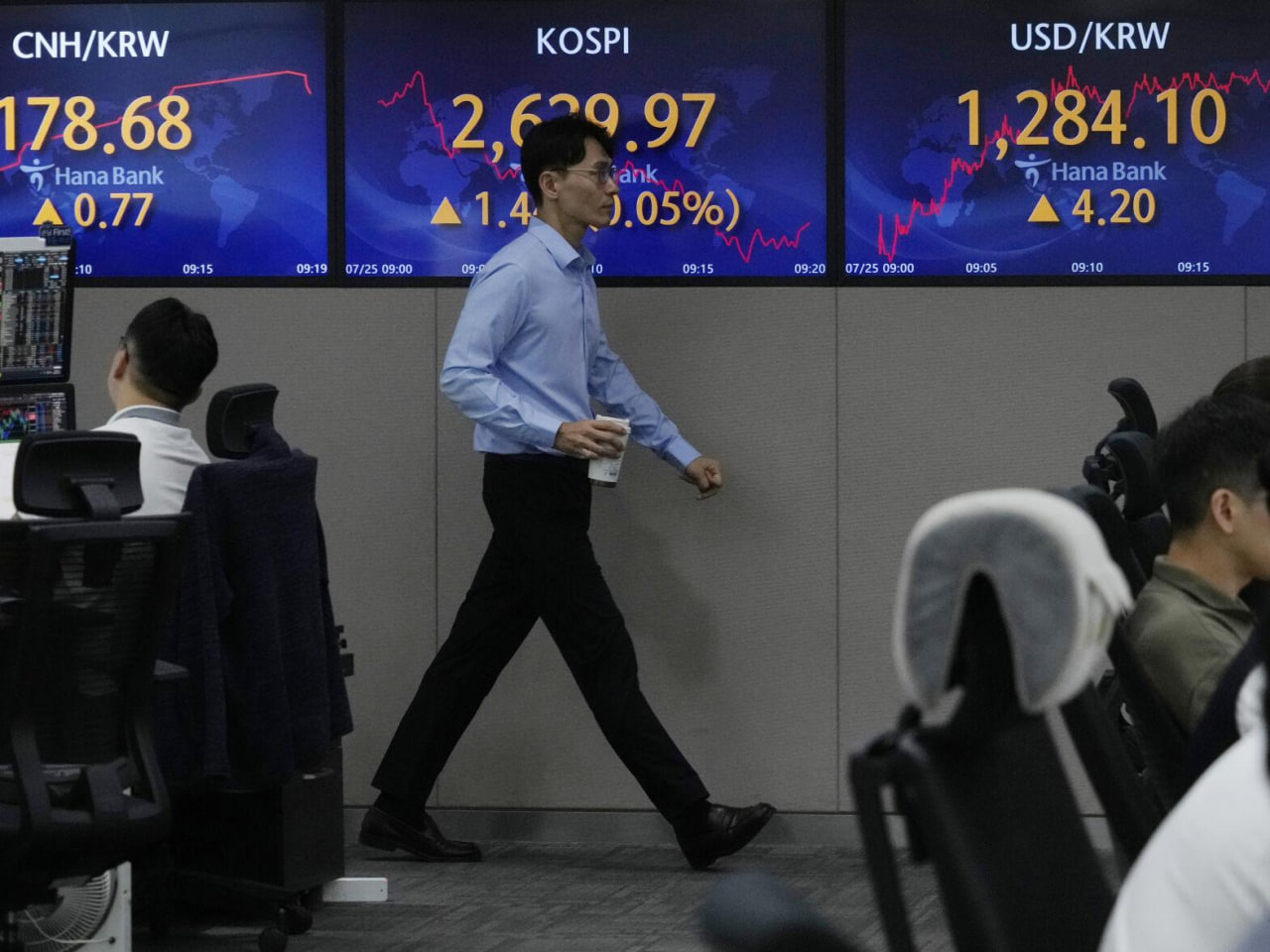Southbound Funds Surge: Unpacking the HK$120 Billion Influx and its Implications (Meta Description: Deep dive into the December 2nd HK$120 billion southbound funds surge, analyzing its drivers, implications for Hong Kong and mainland markets, and future predictions. Expert insights and data-driven analysis included.)
Whoa! HK$120 billion! That's not pocket change, folks. On December 2nd, the southbound flow of capital into the Hong Kong stock market hit a staggering HK$120 billion by 2:54 PM. This massive influx wasn't some random blip; it's a significant event with far-reaching implications for both mainland China and Hong Kong's financial ecosystems. This isn't just another market report; it's a deep dive into the heart of this financial phenomenon, exploring the underlying forces, the potential consequences, and what it all means for investors, businesses, and the overall economic landscape. We'll be peeling back the layers, examining the data with a fine-tooth comb, and offering insights based on years of experience navigating the complexities of Asian capital markets. Forget dry statistics – we're bringing you a vibrant, engaging narrative that unpacks this event in a way that's both accessible and insightful. Prepare to be informed, intrigued, and maybe even a little inspired by the sheer power of this financial tidal wave. We'll go beyond the headlines, exploring the "why" behind the "what," providing you with a comprehensive understanding that will empower you to make informed decisions in today's dynamic investment environment. Think of this as your backstage pass to understanding one of the most significant financial events of the year – buckle up! This isn't just about numbers; it's about the stories behind the numbers, the human element of a market in motion, and the potential for both opportunity and risk. Get ready for a journey into the fascinating world of southbound funds!
Southbound Funds: A Deep Dive into the December 2nd Surge
The HK$120 billion surge in southbound funds on December 2nd wasn't a spontaneous event; it was the culmination of several intertwined factors. Let's break down the key drivers behind this significant capital inflow:
-
Favorable Macroeconomic Conditions: A consistently improving macroeconomic outlook in China, coupled with easing regulatory pressures in certain sectors, boosted investor confidence. This positive sentiment fueled a significant appetite for Hong Kong-listed equities. Think of it like this: when the sun shines on the economy, investors flock to the brighter opportunities.
-
Attractive Valuations: Compared to other global markets, Hong Kong stocks presented relatively attractive valuations. This disparity created a compelling investment case for mainland investors seeking higher returns. It's a classic case of "value hunting"—investors are always on the lookout for undervalued assets, and Hong Kong offered just that.
-
Regulatory Changes and Policy Shifts: Government policies and regulatory adjustments played a crucial role. Specific measures aimed at stimulating economic growth and supporting the market likely contributed to the increased capital flow. The market often reacts to subtle shifts in the regulatory landscape, and this event was no exception.
-
Increased Market Liquidity: The robust liquidity within the Hong Kong stock market ensured smooth execution of large trades. High liquidity is essential for absorbing large capital inflows without significant price volatility. Imagine trying to buy a large property – you wouldn't want it to be a struggle, right? It's the same with large capital inflows.
-
Investor Sentiment & Speculation: Market sentiment is another significant factor. Positive news and speculation often amplify investor behavior, leading to herding effects and increased buying pressure. This is where psychology meets economics – sometimes the belief that something will happen is as powerful as the event itself.
Analyzing the Impact: Implications for Hong Kong and Mainland Markets
This massive influx has several important ramifications:
-
Boost to Hong Kong's Economy: The surge in southbound funds directly injected liquidity into the Hong Kong stock market, supporting overall market capitalization and bolstering investor confidence. This is a direct economic benefit – more money equals more activity.
-
Increased Trading Volume & Volatility: The increase in trading volume could lead to temporary market volatility, creating both opportunities and risks for investors. Think of it as a wave – there's energy, but also the potential for crests and troughs.
-
Impact on Exchange Rates: Large capital flows can affect exchange rates, although the impact might be indirect and depend on other prevailing macroeconomic factors.
-
Implications for Mainland Companies Listed in Hong Kong: The influx of mainland capital could positively impact the performance of mainland companies listed on the Hong Kong Stock Exchange (HKEX). It's a vote of confidence in their prospects.
-
Potential for Market Corrections: While the surge is positive, it's important to account for the possibility of market corrections. A large influx often precedes some degree of consolidation or retracement.
Understanding Southbound Connect: A Gateway to Global Investing
The southbound trading link, connecting the mainland China and Hong Kong markets, plays a pivotal role in this phenomenon. It facilitates the flow of capital from mainland investors into Hong Kong and international markets. This link is a crucial artery in the financial system, channeling capital where it's needed.
Future Predictions and Outlook
Predicting the future is always tricky, but based on current trends and analysis, we can anticipate:
-
Continued capital inflows: If the positive macroeconomic conditions persist, we might see continued inflows, although not necessarily at the same rate.
-
Increased integration of mainland and Hong Kong markets: The southbound trading link is likely to play an even more critical role in the future, further integrating the two markets.
-
Potential for regulatory adjustments: Authorities might make further regulatory adjustments to manage the flow of capital and maintain market stability.
Frequently Asked Questions (FAQs)
-
Q: What are southbound funds? A: Southbound funds refer to capital flowing from mainland China into the Hong Kong stock market through the Stock Connect program.
-
Q: What drives the fluctuations in southbound funds? A: Fluctuations are driven by a mix of macroeconomic factors, investor sentiment, policy changes, and global market conditions.
-
Q: Is this a one-time event or a trend? A: While the HK$120 billion surge was significant, the long-term trend towards increased southbound flows is likely to continue.
-
Q: What are the risks associated with this capital inflow? A: Risks include market volatility, potential corrections, and the impact on exchange rates.
-
Q: How can investors benefit from this trend? A: Investors can benefit by carefully analyzing market opportunities and managing their risk exposure.
-
Q: What role does the government play in managing this flow? A: The government plays a crucial role in setting regulatory frameworks and influencing market conditions.
Conclusion
The December 2nd surge in southbound funds underscores the growing interconnectedness of the mainland China and Hong Kong markets. This HK$120 billion influx isn't just a number; it's a powerful indicator of investor sentiment, macroeconomic conditions, and the dynamism of Asian capital markets. While uncertainty remains, understanding the underlying forces driving these flows is crucial for navigating the opportunities and challenges presented by this evolving landscape. Staying informed, analyzing market trends, and managing risk appropriately are key to successfully navigating this exciting chapter in global finance. The future is bright, but like any investment, it's prudent to proceed with careful consideration and a clear understanding of the potential risks and rewards.



